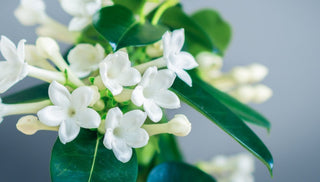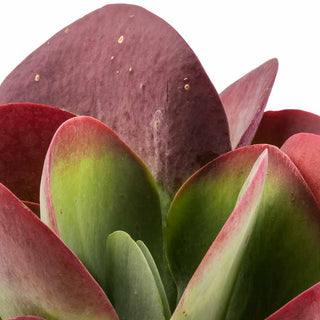☘ Origin: Ficus Ginseng is grown in China and Malaysia
☘ Family: Mulberry
☘ Botanical Name: Ficus microcarpa
☘ Common Name: Ficus Ginseng
Symbolism: Bonsai art, and Ginseng Bonsai implicitly, is representative for the Japanese people’s way of thinking and their view about the world. It is not only a horticultural practice, but it also inspires harmony, equability and simplicity.
🍃 Shop Your Ginseng Bonsai Today!
🔆 Light
Bonsai Ginseng will thrive well when receive enough direct sunlight. Good number of leaves will drop if no enough sunlight is allowed.
Give your plant a turn every few days to expose all sides to light for even growth from all sides.
💧 Water
It will tolerate some over or underwatering, but aim to keep soil moderately moist specially in the summer season, and back off a little in the winter.
To give your plant the absolute best, room-temperature rainwater and bottled spring water are your best options. Any water containing sugar or salt will hurt your plant!
☁️ Humidity
Will do well in average humidity environments but will appreciate regular misting, make sure to mist with water-spray three times a week or more using filtered-water.
🌡️ Temperature
Bonsai Ginseng like comfortable room temperatures between (18-28°C).
🧴️ Food
Feed twice a month during the spring and summer with a special liquid fertilizer for Bonsai trees, and once a month during fall and winter when plant growth naturally slows.
🐾 Toxicity
Toxic for animals, typically if they eat the leaves. If you have pets, make sure to place your Ficus Bonsai out of their reach.
Ginseng Ficus pruning isn’t difficult. The art of bonsai is to trim and shape the tree with your own aesthetic in mind. In terms of how much to trim, the general rule is to take off two to three leaves for every six new leaves that grow and develop. Always leave two or three leaves on a branch at least.



